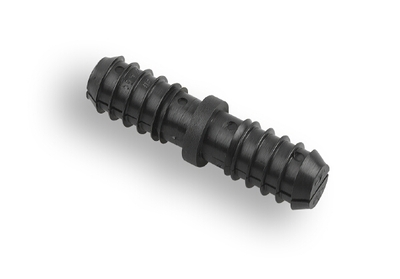skipdiver
Established Member
I'm a complete ignoramus with all things metal, so i thought i would venture over here to swarfland. :lol:
I have asked this question before but i still haven't found a suitable answer. I need to butt join ali tube and i'm not sure how to do this satisfactorily. The easiest way and my preferred choice would be to use a small section of smaller diameter tube as a spline if that is the correct term? The tubing in question is 1 1/4" which has an OD of 31.75mm and an ID of roughly 28.5mm. The nearest size tube to fit inside is 1 1/8" which also has an ID of roughly 28.5 mm and is too tight to slide inside nicely. I'm wondering if i bought a mini lathe to take some off the diameter, what would i be looking at spending on one to get decent repeatable results? The pieces only need to be about 6 inches in length i think.
Is there a better way to do it? I've seen all sorts of tube inserts both metal and nylon but i really don't know which route to take and my brain hurts now from internet searches. This is not a one off and is something i will need to do regularly, so am looking for a permanent solution. Also forgot to mention that it needs to be able to be taken apart and put back together by the end user, so nothing too complicated. Maybe some way of screwing the two parts together.
Any ideas would be most welcome.
I have asked this question before but i still haven't found a suitable answer. I need to butt join ali tube and i'm not sure how to do this satisfactorily. The easiest way and my preferred choice would be to use a small section of smaller diameter tube as a spline if that is the correct term? The tubing in question is 1 1/4" which has an OD of 31.75mm and an ID of roughly 28.5mm. The nearest size tube to fit inside is 1 1/8" which also has an ID of roughly 28.5 mm and is too tight to slide inside nicely. I'm wondering if i bought a mini lathe to take some off the diameter, what would i be looking at spending on one to get decent repeatable results? The pieces only need to be about 6 inches in length i think.
Is there a better way to do it? I've seen all sorts of tube inserts both metal and nylon but i really don't know which route to take and my brain hurts now from internet searches. This is not a one off and is something i will need to do regularly, so am looking for a permanent solution. Also forgot to mention that it needs to be able to be taken apart and put back together by the end user, so nothing too complicated. Maybe some way of screwing the two parts together.
Any ideas would be most welcome.






